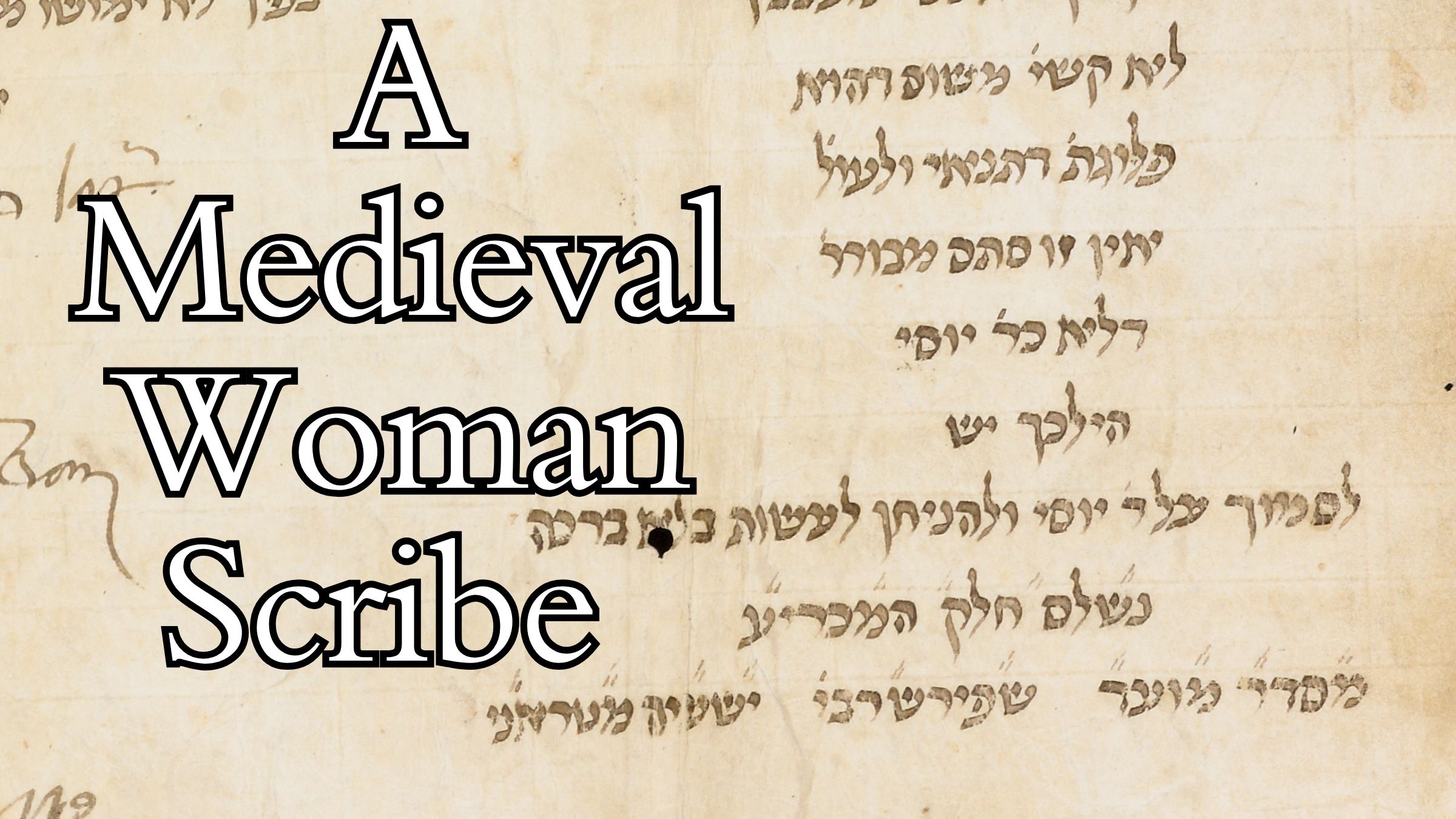
"Pola of Rome, a late thirteenth-century Jewish woman scribe, defied norms in a profession dominated by male Christian clerics, showcasing vibrant intellectual life and family networks."
"Her colophons provide a rare insight into the capabilities of medieval women, emphasizing Pola's identity as the 'daughter of R. Abraham the scribe' in her manuscripts."
"Medieval Jewish communities lacked institutional education for girls, yet the urban economic nature necessitated basic literacy, leading to women like Pola becoming commercial scribes."
"Despite historical bans on women copying religious texts, the practical needs of Jewish communities allowed women scribes to emerge, highlighting their significant contributions."
Pola of Rome, a Jewish woman scribe in the late thirteenth century, contrasts societal norms as her colophons reveal her identity and intellectual life. Flourishing around the fourteenth century, her manuscripts indicate her lineage as the 'daughter of R. Abraham the scribe.' Unlike female scribes in convents, Pola’s background highlights the absence of formal education for Jewish girls. Nevertheless, basic literacy became essential due to the economic needs of medieval Jewish society, enabling women like Pola to become commercial scribes despite some historical prohibitions against their roles.
Read at Medievalists.net
Unable to calculate read time
Collection
[
|
...
]